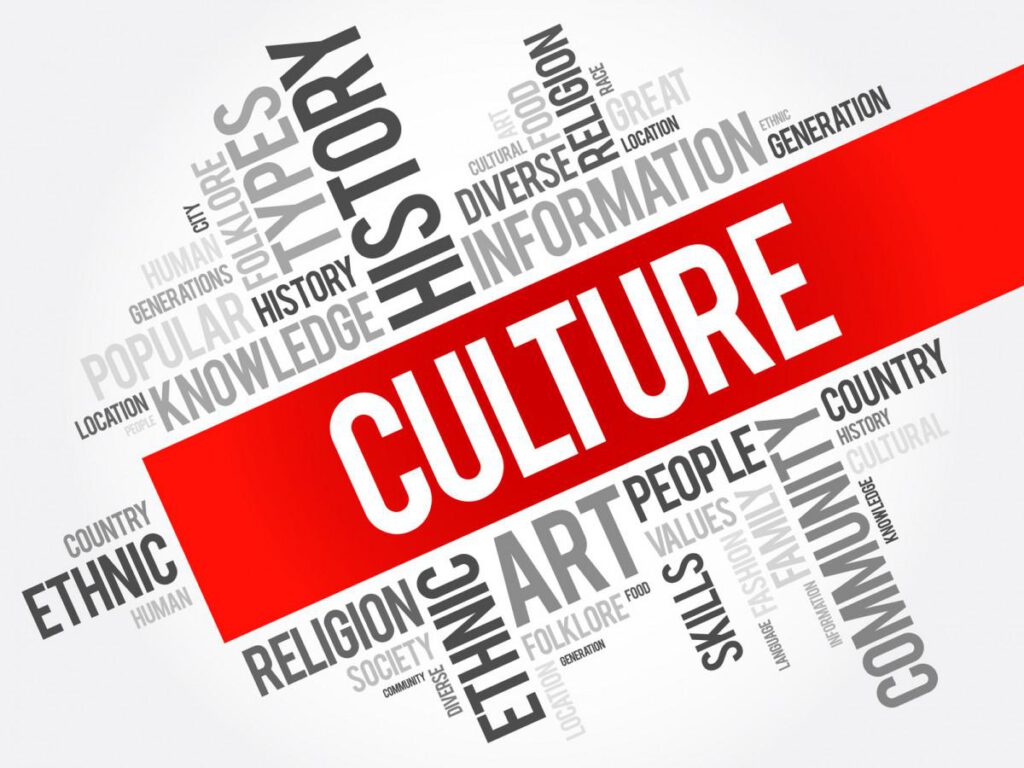The Sociocultural Environment
From our sociocultural environment we absorb, almost unconsciously, a world view that defines our relationships to ourselves, others, organizations, society, nature, and the universe.

- Views of ourselves.
Some “pleasure seekers” chase fun, change, and escape; others seek “self-realization.” Some are adopting more conservative behaviors and ambitions. - Views of others.
People are concerned about the homeless, crime and victims, and other social problems. At the same time, they seek out those like themselves, suggesting a growing market for social-support products and services such as health clubs, cruises, and religious activity as well as “social surrogates” like television, video games, and social networking sites. - Views of organizations.
After a wave of layoffs and corporate scandals, organizational loyalty has declined. Companies need new ways to win back consumer and employee confidence. They need to be good corporate citizens and ensure their consumer messages are honest. - Views of society.
Some people defend society (preservers), some run it (makers), some take what they can from it (takers), some want to change it (changers), some are looking for something deeper (seekers), and still others want to leave it (escapers). Consumption patterns often reflect these social attitudes. Makers are high achievers who eat, dress, and live well. Changers usually live more frugally, drive smaller cars, and wear simpler clothes. Escapers and seekers are a major market for movies, music, surfing, and camping. - Views of nature.
Business has responded to increased awareness of nature’s fragility and finiteness by making more green products, seeking new energy sources, and reducing their environmental footprint. - Views of the universe.
Most U.S. citizens are monotheistic, although religious conviction and practice have waned through the years or been redirected into an interest in evangelical movements or Eastern religions, mysticism, the occult, and the human potential movement.
Other cultural characteristics of interest to marketers are core cultural values and subcultures.

Core Cultural Values
Most people in the United States still believe in working, getting married, giving to charity, and being honest. Core beliefs and values are passed from parents to children and reinforced by social institutions—schools, churches, businesses, and governments.
Secondary beliefs and values are more open to change. Believing in the institution of marriage is a core belief; believing people should marry early is a secondary belief.
Marketers have some chance of changing secondary values but little chance of changing core values.
The nonprofit organization Mothers Against Drunk Drivers (MADD) does not try to stop the sale of alcohol but promotes lower legal blood-alcohol levels for driving.
Although core values are fairly persistent, cultural swings do take place. In the 1960s, hippies, the Beatles, and other cultural phenomena had a major impact on hairstyles, clothing, sexual norms, and life goals. Today’s young people are influenced by new heroes and activities: music entertainer and mogul Jay-Z, singer Lady Gaga, and snowboarder and skateboarder Shaun White.
Subcultures
Each society contains subcultures, groups with shared values, beliefs, preferences, and behaviors emerging from their special life experiences or circumstances. Marketers have always loved teenagers because they are trendsetters in fashion, music, entertainment, ideas, and attitudes. Attract someone as a teen, and you will likely keep the person as a customer later in life

